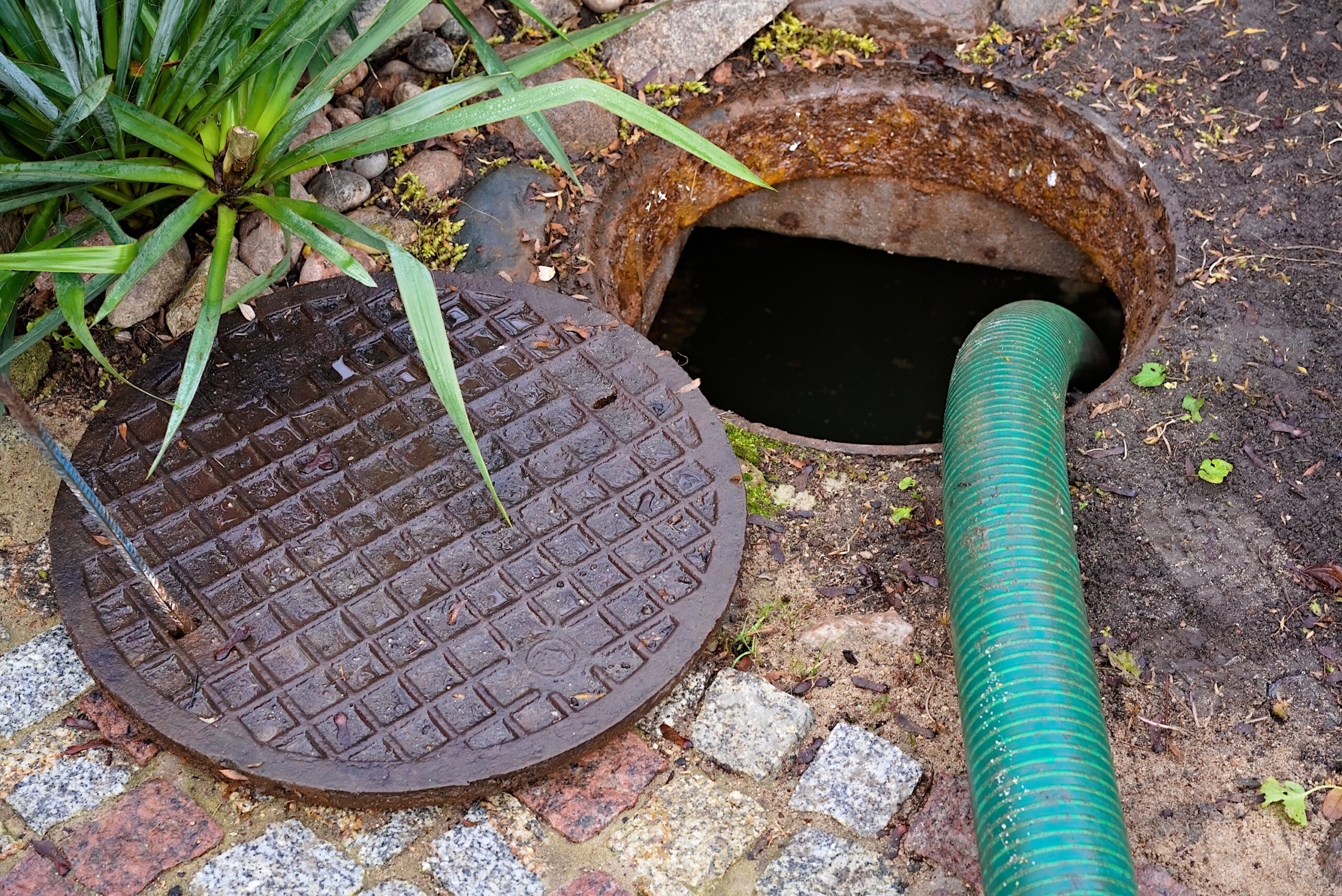In the last blog, a case was made for owners of septic systems to become involved with monitoring the health of their system. One of the ways this can be done is to monitor the sludge and scum layer thicknesses in the septic tank. There are a couple of tools owners of septic systems can use to perform this task.
The Sludge Judge tool
One way many septic systems and septic tank pumping professionals monitor the health of a septic systems is to measure the sludge and scum layers in a septic tank with a Sludge Judge. This tool costs about seventy five dollars and provides very accurate thickness measurements of the two layers. Briefly, the device is a long hollow tube, several feet long, made of clear plastic and has a check valve at the bottom end.
Here is how to use the Sludge Judge properly:
The scum layer floats on the top of the water in the septic tank. In order to measure how deep this layer is:
- Push the tool through the layer of scum until it just pierces the layer.
- Either visually note where the top of the scum layer is on the tube or, if possible, mark the tube with a grease pencil at this point.
- Remove the tube and use a tape measure to measure the distance from the bottom of the tube to the grease mark.
The sludge layer resides at the bottom of the septic tank. In order to measure how deep this layer is:
- Insert the tube slowly into the septic tank until it reaches the bottom of the tank.
- Slowly remove the Sludge Judge out of the septic tank water; this causes the check valve to close, trapping a column of septic tank water and sludge. This column is a liquid and solid profile of the septic tank water from which you can directly measure the thickness of the sludge layer.
Alternative Method
Fortunately, you do not have to buy a Sludge Judge; you can easily make one that will get the job done. Obtain a long slender pole, pipe or stick that is about eight feet long. Loosely wrap the bottom three inches with cheesecloth and secure the cheesecloth at its bottom, top and middle with wire ties, Ziplocs or mechanics wire. Do not wrap it tightly; rather, fasten it loosely to the stick.
- In order to measure the depth of the scum layer push the stick with the cheesecloth on end of the stick facing down through the scum layer until it just pierces the layer. Either visually note or, if possible, mark the cheesecloth at the point where it coincides with where you pierced the. This should be easy because there is often scum adhering to the cheesecloth. Measure and make a note of this depth
- In order to measure the sludge layer, slowly insert the stick cheesecloth side down until you reach the bottom of the tank. Once the stick is resting on the bottom move the stick side to side in four directions, making a plus (+) sign going about 2 inches in every direction. This allows the solids to penetrate and adhere to the cheesecloth. Slowly remove the stick from the tank. When the stick is completely out of the tank, mark the line of solids embedded in the cheesecloth and mark the wet scum line at the other end of the stick.
Now What?
OK, regardless of the tool used, you now have depth measurements. What is done with these and how do we determine how healthy our system is? Well, the percentage of the water depth that is contained in the scum and sludge layers needs to be calculated.
Let’s look an example of a septic tank that has a water depth of seventy five inches. If the sludge layer measures about 8.5 inches thick and the scum layer is 3 inches thick, then the total layer thickness is 11.5 inches. We then divide this number by the depth of the water in the septic tank. So, 11.5 divided by 75 is .1533, or 15,33 percent.
In other words, about 15 percent of the depth of the water in the septic tank is devoted to the scum and sludge layers. As a rule of thumb, pumping is highly recommended when this percentage reaches 30 or more. In conclusion, this septic tank does not need pumping and can process wastewater as designed (assuming the owners have implemented septic system best practices).
In closing, monitoring septic system health is a task within the capabilities of almost every septic system owner. Monitoring the depths of the scum and sludge layers is an easy way to start.











